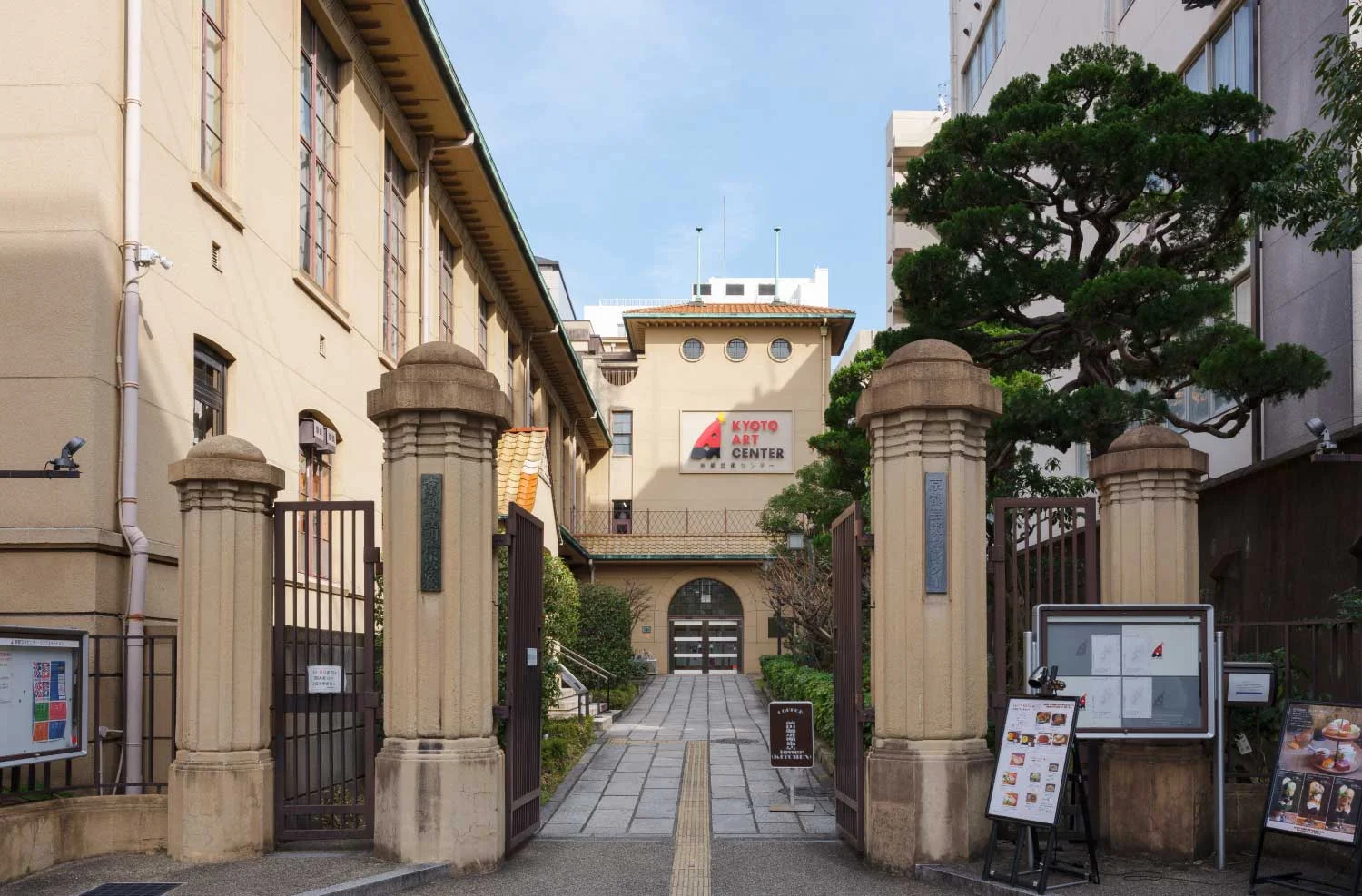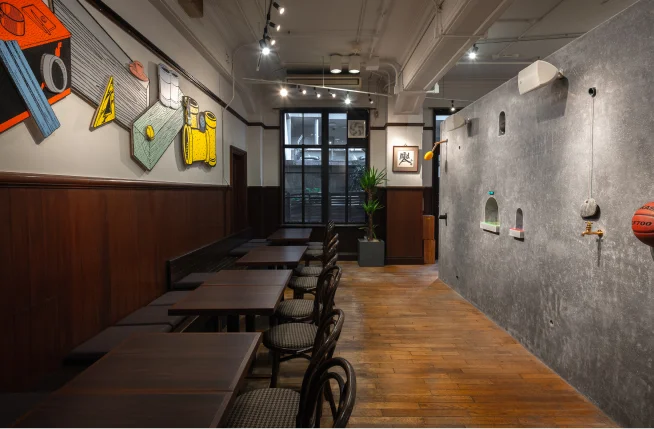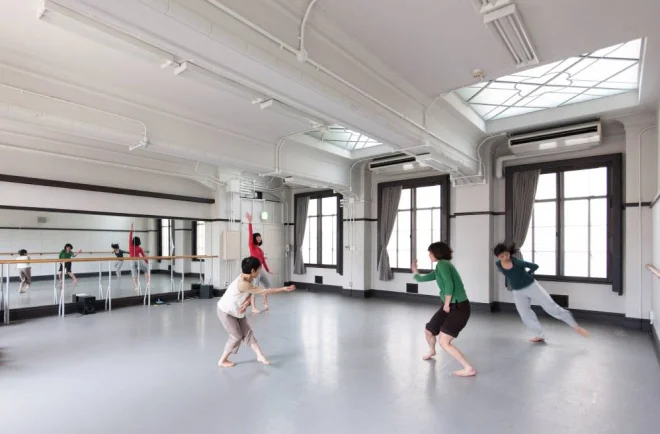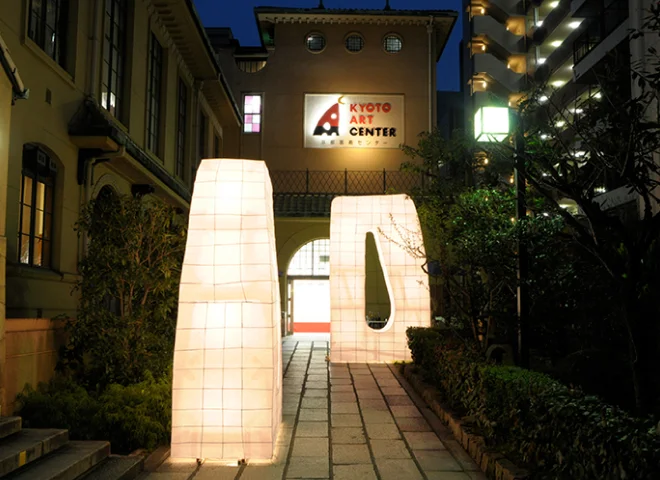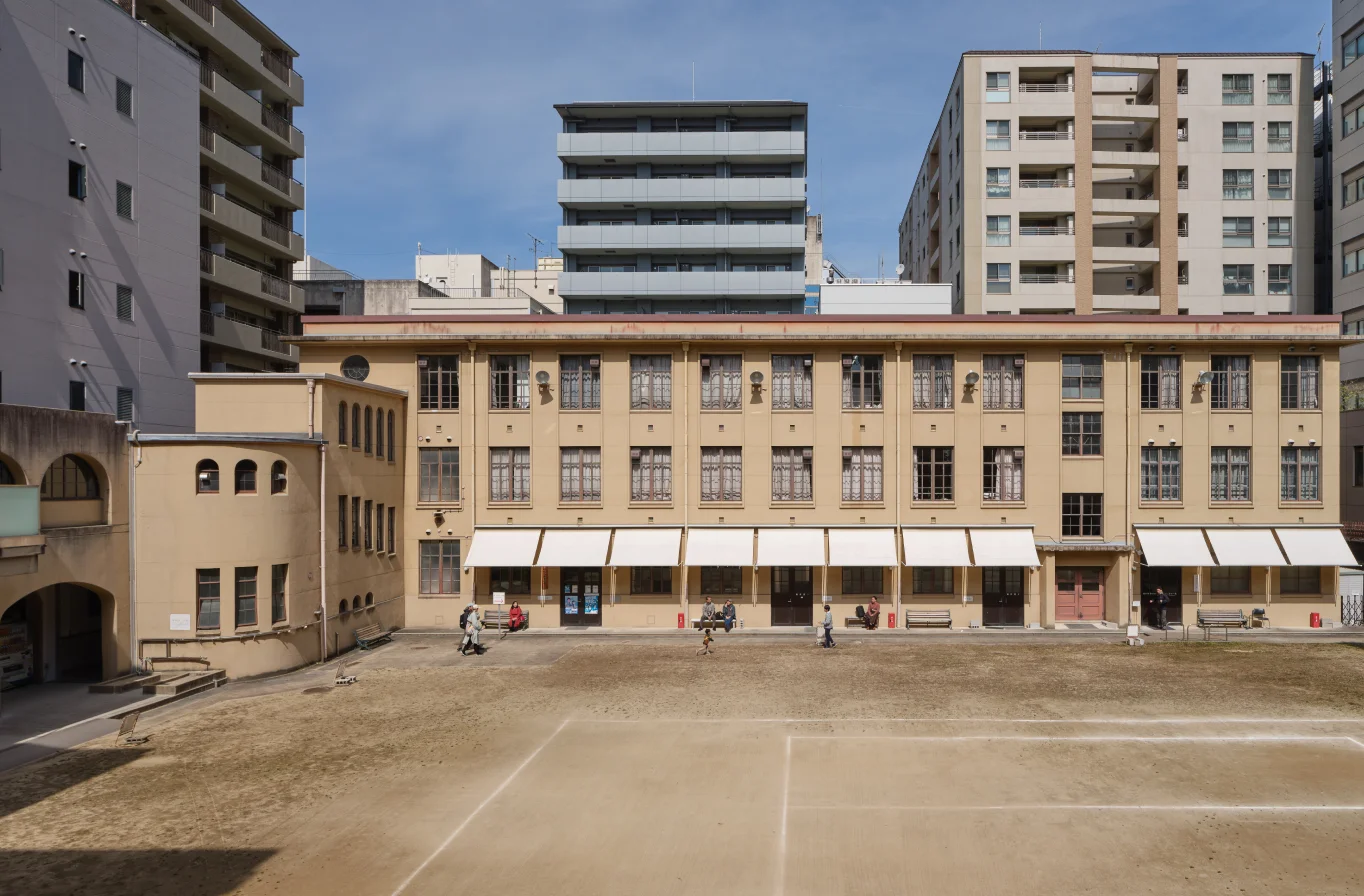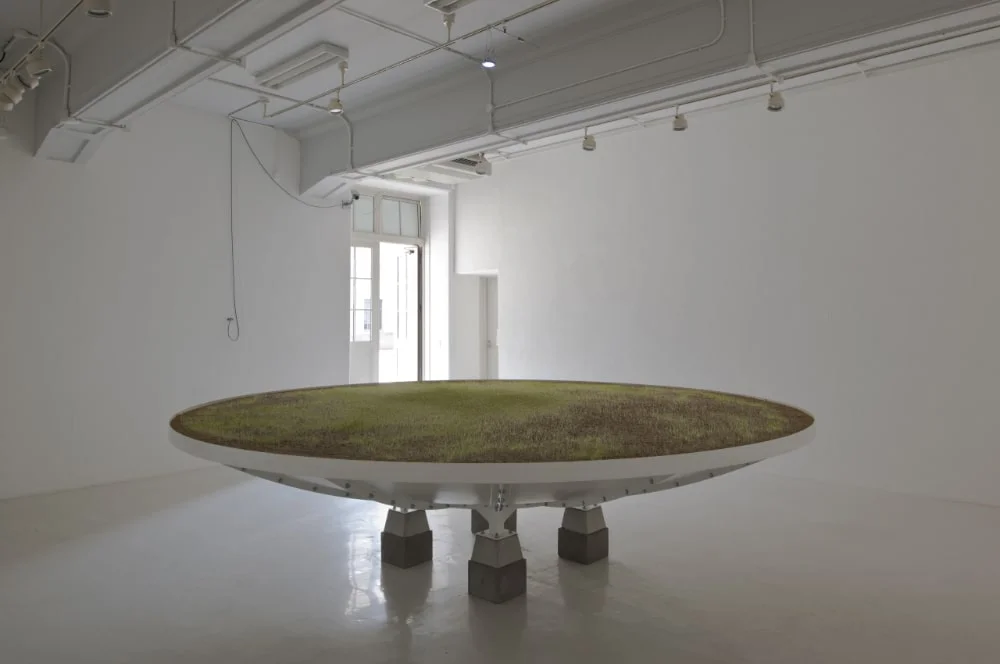

Kyoto Art Center: Kyoto
What is Kyoto Art Center like?
Kyoto Art Center is an arts and culture facility that occupies the former Meirin Elementary School building near Shijo Karasuma. In the building, which still retains traces of the former elementary school, a variety of events are held daily, including exhibitions by artists, stage performances, workshops, and talks. In addition, since its opening, the center has provided studios for artists and held public competitions for exhibitions and performances, as part of its efforts to revitalize arts and culture in Kyoto.
A public call for artists to foster creativity together
As a partner to foster new creative activities that utilize the space of Kyoto Art Center, we are accepting a wide range of applications from artists.
Exhibitions, Performances, and Events
We hold a variety of events, including exhibitions by artists, stage performances, and workshops, to give you the opportunity to experience the world of art up close.
Meirin Elementary School opened in 1869. After closing in 1993, it opened as the Kyoto Art Center in 2000. The building, which remains the former elementary school building, is full of charm and you’re sure to find some picturesque spots.
About the former Meirin Elementary School
Meirin Elementary School, which opened in 1869 as Shimogyo Third Unit Elementary School, closed in 1993 after 124 years of history.
Meirin Elementary School – its name comes from the fact that the school building was the Meirinsha, a training center for Sekimon Shingaku. The school’s main gate faced Uraideyamacho and Nishikikoji Street, but in 1875, land was purchased in Yamabushiyamacho and the main gate was moved to Muromachi Street. After that, land was purchased in Tearaimizucho and other areas, and the school took on its current location in 1927.
There is no trace of the school building from those days, but the remains of the gate remain on Nishiki-koji Street. The Meirin school district has long prospered as a kimono wholesaler, and was also home to kettle makers and painters. Meirin Elementary School has been nurtured by a strong interest in culture and a passion for education, and a warm affection for children. Various artworks, including works by Taizo Minagawa, Sakuratani Kijima, and Keigetsu Kikuchi, have been donated by the artists themselves, Meirin Elementary School graduates, and local residents. (These works are currently housed in the Kyoto City School History Museum.) In 1931, the school underwent a major renovation to become the current school building. It was a cutting-edge steel-framed building at the time. Designed by the Kyoto City Public Maintenance Department, the reddish cream exterior walls, the orange Spanish-style roof tiles, and the verdigris-colored gutters create a warm atmosphere. Since the Meirin school district includes many of the areas surrounding the Gion Festival’s floats, the front of the building is said to have been modeled after one of the floats used in the Gion Festival.
In addition to the quaint lecture hall, the magnificent 78-tatami hall with a coffered ceiling, the Japanese-style room on the rooftop, and other distinctive rooms, there are other things to see here and there, such as the staircase railings, the exterior wall decorations, and the round windows. The north building also features a practical ramp for carrying luggage and as an evacuation route. The renovations that accompanied the opening of the Kyoto Art Center left the building almost as it was.
The lecture hall, the large hall, the Japanese-style room “Meirin,” and the classrooms used as production rooms can only be viewed during events when they are open to the public, but you can still enjoy the atmosphere of Meirin Elementary School by simply wandering around the library, cafe space, and corridors. There is no trace of the school building from those days, but the remains of the gate remain on Nishiki-koji Street. The Meirin school district has long prospered as a kimono wholesaler, and was also home to kettle makers and painters. Meirin Elementary School has been nurtured by a strong interest in culture, a passion for education, and a warm love for children. Various artworks, including works by Taizo Minagawa, Sakuratani Kijima, and Keigetsu Kikuchi, have been donated by artists themselves, graduates of Meirin Elementary School, and local residents. (These works are currently housed in the Kyoto City School History Museum.)
In 1931, the school underwent a major renovation to become what it is today. It was a cutting-edge steel-framed building at the time. Designed by the Kyoto City Public Works Department, the reddish cream exterior, the orange Spanish-style roof tiles, and the green-blue rain gutters create a warm atmosphere. As the Meirin school district includes many of the towns that hold the floats used in the Gion Festival, the facade of the building is said to have been modeled after one of these floats.
Meirin Elementary School, which has been lovingly nurtured for many years by the people living in the school district, continues to operate as the Kyoto Art Center, providing a place for many people to learn, create, and relax.
Weaving a story between memories and the future Kyoto Art Center, which utilizes a modern school building from the early Showa period, continues to write the continuation of the story of “Kyoto Art Center” beyond the memories of the “town” and “people” that the elementary school holds.
In addition to the exhibition and performance space, there is also a cafe and library that anyone can enter freely.
Maeda Coffee Meirin Branch
The Maeda Coffee Meirin Branch is located on the first floor of the facility. In the center of the store is a huge art piece called “tower (KITCHEN)” that was created jointly by contemporary artist Teppei Kaneuji and architect Toshikatsu Ienari.
Information Corner/Library
A library with approximately 5,500 items on the shelves, and an information corner that distributes posters, flyers, and direct mail for free from galleries, art museums, theaters, and other places not only in and around Kyoto City, but all over the country.
Usage Guide
Admission Fee
Free
*Depending on the event, there may be a fee.
Please see the event schedule for the fees for each event.
Closed Days
December 28th to January 4th
*The museum may be closed temporarily for equipment inspections, etc. The library may also be closed on certain days, so please see the library page.
Opening Hours
Gallery, Library, Information Corner, Cafe
10:00 – 20:00
Workshop
10:00 – 22:00
Office Phone Hours
10:00 – 18:00
